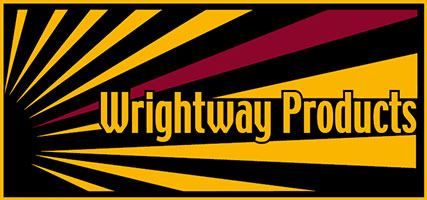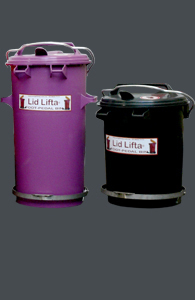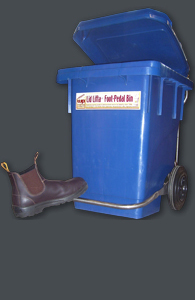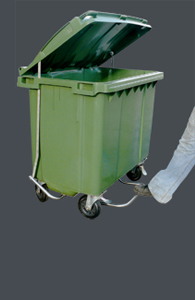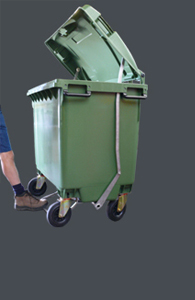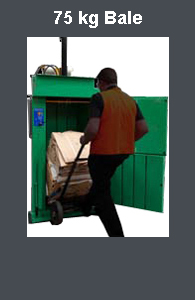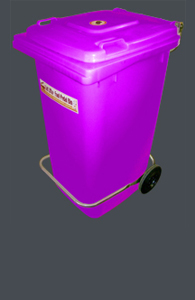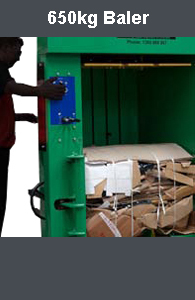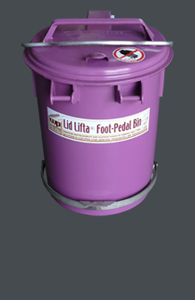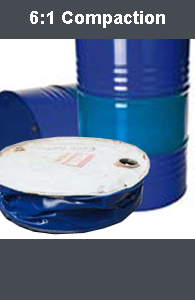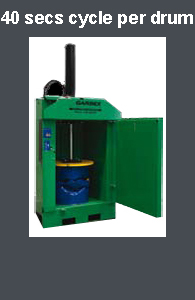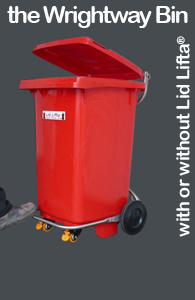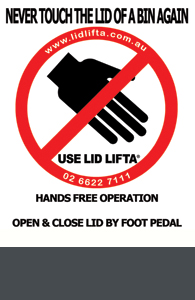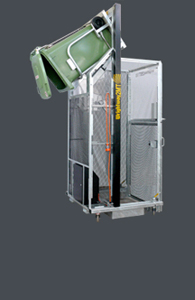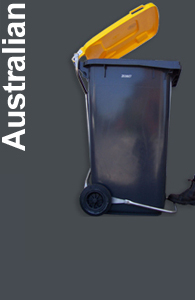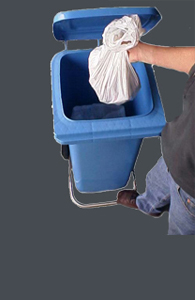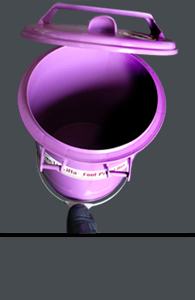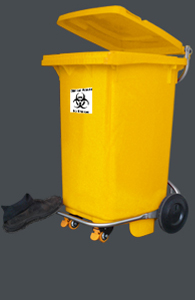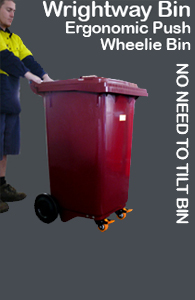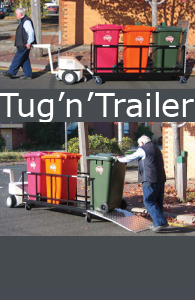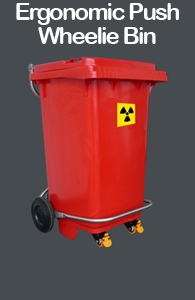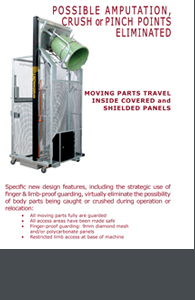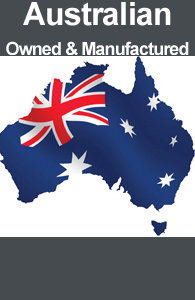
The Brisbane City Council have created a highly informative document: 'Brisbane's Best Recycling Guide for Households'. The complete document is available throught the BCC website at: www.brisbane.qld.gov.au/environment-waste/rubbish-tips-bins/recycling-reducing-waste/recycling-guide-households or click below for specific pages which contain general information also mostly relative to those of us who do not live within the Brisbane City Coucil area.
- Recycling Around Your House
- Recycling Organics
- Recycling Tips and Myths
- What can/cannot be put in recycle bin
- What happens to recycling
and,
General Information from the Brisbane City Council website:
Recycling at home
Brisbane residents are improving recycling habits at home. In just three years, the amount of recyclables in Brisbane household waste bins has gone from 28% to 17%. Now it’s time to look at how we can work together to keep improving our efforts to create a cleaner, green Brisbane and to reduce the amount of waste going to landfill.
Items you CAN put in your household recycling bin
There five types of materials that can generally be put in your household recycling bin.
Cardboard
Paper
Metal
Glass
Plastic
Find out more about what you can recycle in your household recycling bin with Brisbane City Council's Brisbane Bin and Recycling app.
Need more room for your recycling? Order a larger or additional recycling bin from Council. It's only $30 for delivery!
Paper and cardboard
Research shows that more than 35,000 tonnes of paper and cardboard is put in the waste bin every year by mistake. By working together to recycle at home, we can make sure that valuable resources are being recovered instead of being wasted in landfill.
These are the most commonly confused items which CAN be recycled.
glossy magazines
newspapers
junk mail
pizza boxes (even with a little bit of cheese)
corrugated cardboard (like packing boxes)
receipts and papers from your home office
Try thinking about the paper as a 'resource' - something that can be reused, recreated and recycled, rather than wasted in landfill.
Here are our top paper and cardboard recycling tips.
It’s tempting to throw that glossy junk mail straight into the waste bin, but remember that it’s made from paper, and can be put to better use through your recycling bin at home.
Your cardboard food containers at markets and festivals deserve another life too. Just empty the food scraps into the waste bin before recycling the cardboard container.
Reuse and recycle your copy paper too. It can feel like a little sheet of paper won’t make a difference, but all those invoices, envelopes and letters already add up to tonnes of paper recycled in Council’s bins each year.
Cardboard boxes and pizza boxes are great for recycling. Once you’re done reusing them, just flatten and pop them into the recycling bin so they can be made into nice new boxes by VISY.
Items you CANNOT recycle in your household recycling bin
The following items should not be put in your household recycling bin. Use the Brisbane Bin and Recycling app for advice on ways these items can be saved from landfill, or dispose of these items in your household rubbish bin.
cellophane
ceramics
clothes
drinking glasses
food waste
garden waste
heat-proof dishes
nappies *
needles **
padded envelopes that contain plastic
photographs
plastic bags
polystyrene foam
soft plastics, such as food wrappers and plastic wrap
syringes **
tissues and toilet paper *
wax-coated paper.
* Not only is it unhygienic for materials containing bodily fluids to be processed alongside other recyclables, the paper fibres in these items are too short to recover and make into another product.
** Syringes and needles should not be put in your recycling bin at home, and can only be put in your rubbish bin if they are placed in a rigid-walled and puncture-resistant container that is sealed (e.g. sharps container).
